Blog
Jewellok is a professional pressure regulator and valve manufacturer and supplier.
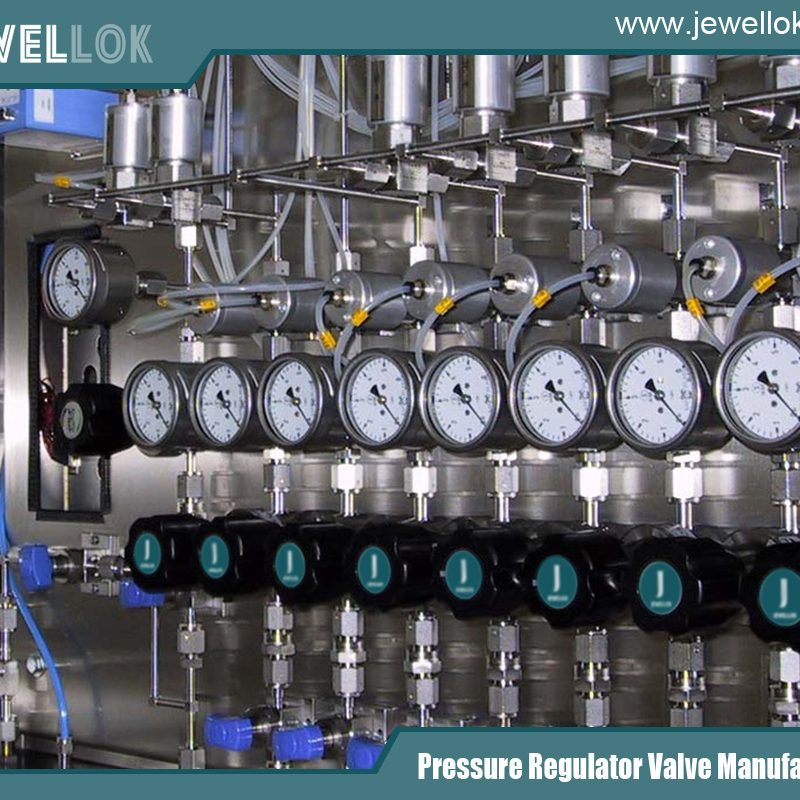
Stainless Steel Ball Valve: A Robust Solution for Fluid and Gas Control
- Pressure Regulator Valve Manufacturer
- 316 SS ball valves manufacturer, 316 stainless steel ball valves, 316l stainless steel ball valve manufacturer, adjustable low pressure propane regulator, back pressure regulator manufacturers, china high pressure air regulator valve manufacturer, compression fitting 6mm, Diaphragm Valve Manufacturers, Double Block and Bleed valve manufacturers, fluid system components, gas regulator valve manufacturers, high flow needle valve manufacturer, high pressure ball valve manufacturer, high pressure hydraulic needle valve manufacturer, high pressure needle valve manufacturer, High purity specialty gas stainless steel ball valves, high purity valves manufacturers, high temperature stainless steel ball valve, High-Temperature Stainless Steel Ball Valves, how a gas pressure regulator works, how do pressure regulators work, humming propane regulator, industrial diaphragm valve manufacturers, low pressure valve manufacturer, medical oxygen pressure gauge manufacturer, needle valve 10000 psi manufacturer, oxygen cylinder manifold, pneumatic actuated ball valve manufacturer, pressure control valve manufacturers, pressure gauge manufacturers, pressure reducing valve manufacturers, pressure relief valve manufacturers, pressure relief valve vs safety valve, propane manifold with valves, safety or relief valves, safety relief valve vs safety valve, second stage propaneregulator, ss diaphragm valve manufacturers, Stainless Steel Ball Valve, stainless steel ball valve malaysia, stainless steel ball valve manufacturer, Stainless Steel Ball Valves Thailand, Stainless Steel Diaphragm Valve Manufacturer, timer water valve
- No Comments
Stainless Steel Ball Valve: A Robust Solution for Fluid and Gas Control
In the realm of industrial fluid and gas management, stainless steel ball valves are indispensable for their reliability, durability, and versatility. These valves are engineered to control the flow of liquids or gases through a system by using a spherical ball with a central bore to open, close, or throttle flow. Stainless steel, with its exceptional corrosion resistance and strength, makes these valves a preferred choice in demanding environments, from chemical plants to marine applications.This article provides an in-depth look at stainless steel ball valves, exploring their design, functionality, types, applications, benefits, challenges, maintenance practices, and selection considerations. By understanding these valves, professionals can optimize their systems for safety, efficiency, and longevity, ensuring seamless operations across diverse industries.

- What is a Stainless Steel Ball Valve?
A stainless steel ball valve is a shut-off or control valve that regulates the flow of fluids or gases using a spherical ball with a hole (bore) through its center. The ball is housed within a valve body, typically made of stainless steel, and is rotated by a handle or actuator to control flow. When the bore aligns with the pipeline, the valve is open, allowing flow; when rotated 90 degrees, the bore is perpendicular, stopping flow entirely.The use of stainless steel—an alloy of iron, chromium, and often nickel—enhances the valve’s ability to withstand corrosion, high pressures, and extreme temperatures. This makes stainless steel ball valves ideal for applications where reliability and resistance to harsh conditions are paramount.
Key Components:
- Ball: The spherical component with a bore that manages flow.
- Seats: Seals that ensure a tight closure when the valve is shut.
- Stem: Connects the ball to the handle or actuator, enabling rotation.
- Body: The stainless steel housing that contains the internal components.
- Handle/Actuator: Allows manual or automated operation.
- Types of Stainless Steel Ball Valves
Stainless steel ball valves are available in several designs, each tailored to specific operational needs. The main types include:
- Floating Ball Valves
In a floating ball valve, the ball is not fixed to the stem but is held in place by the compression of the seats. The upstream pressure pushes the ball against the downstream seat to create a seal.
- Advantages: Simple design, cost-effective, suitable for low to medium-pressure applications.
- Disadvantages: May struggle with high-pressure systems due to increased torque requirements.
- Trunnion Ball Valves
Trunnion ball valves feature a ball supported by a trunnion (a fixed shaft) at the bottom, reducing the torque needed to operate the valve. This design is ideal for high-pressure or large-diameter applications.
- Advantages: Handles high pressures, reduces wear on seats.
- Disadvantages: More complex and costly than floating designs.
2.3 Full-Port vs. Reduced-Port Valves
- Full-Port (Full-Bore): The bore diameter matches the pipe’s internal diameter, minimizing flow restriction and pressure drop.
- Reduced-Port (Standard-Bore): The bore is smaller than the pipe, reducing flow capacity but also cost and size.
2.4 One-Piece, Two-Piece, and Three-Piece Valves
- One-Piece: A single, welded body, compact but non-serviceable.
- Two-Piece: Two sections bolted together, allowing some maintenance.
- Three-Piece: Three sections, easily disassembled for cleaning or repair, ideal for sanitary applications.
2.5 Manual vs. Actuated Valves
- Manual: Operated by a handle or lever, suitable for simple systems.
- Actuated: Controlled by electric, pneumatic, or hydraulic actuators for automated or remote operation.
Each type is selected based on system requirements, such as pressure, flow rate, and maintenance needs.
- How Stainless Steel Ball Valves Work
The operation of a stainless steel ball valve is both simple and effective, relying on the rotation of the ball to control flow.
- Open Position: When the handle or actuator rotates the ball so that the bore aligns with the pipeline, fluid or gas flows freely through the valve with minimal resistance.
- Closed Position: Rotating the handle 90 degrees positions the bore perpendicular to the pipeline, stopping flow. The ball presses against the seats, creating a leak-proof seal.
- Throttling (Partial Flow): Some ball valves allow partial rotation to control flow rate, though this is less common due to potential wear on seats.
The valve’s stainless steel construction ensures durability and resistance to corrosion, even in aggressive environments, while the tight seal provided by the seats prevents leaks, enhancing system reliability.
4.Applications of Stainless Steel Ball Valves
Stainless steel ball valves are used across a wide range of industries due to their robust performance and versatility. Key applications include:
4.1 Oil and Gas Industry
Ball valves control the flow of crude oil, natural gas, and refined products in pipelines, refineries, and offshore platforms. Their corrosion resistance is critical in handling hydrocarbons and saline environments.
4.2 Chemical Processing
In chemical plants, these valves manage corrosive fluids and gases, ensuring safe and reliable operation in reactors, storage systems, and transfer lines.
4.3 Food and Beverage Industry
The hygienic properties of stainless steel make ball valves ideal for food processing, where they handle liquids like water, syrups, and dairy products while meeting stringent sanitation standards.
4.4 Pharmaceutical Industry
Ball valves are used in pharmaceutical manufacturing for sterile fluid transfer, leveraging stainless steel’s non-reactive and cleanable surface to prevent contamination.
4.5 Water Treatment
In water and wastewater systems, stainless steel ball valves control flow in treatment plants, desalination facilities, and distribution networks, resisting corrosion from chlorinated water.
4.6 Marine Applications
The marine industry uses these valves for seawater systems, fuel lines, and ballast control, where stainless steel’s resistance to saltwater corrosion is essential.Real-World Examples:
- Oil Refinery: A trunnion ball valve regulates high-pressure gas flow in a distillation unit, ensuring safe operation.
- Brewery: A three-piece stainless steel ball valve facilitates easy cleaning in a beer production line, maintaining hygiene.
5.Advantages and Disadvantages
Stainless steel ball valves offer numerous benefits but also have limitations that must be considered.
5.1 Advantages
- Corrosion Resistance: Stainless steel withstands rust and chemical degradation, ideal for harsh environments.
- Durability: High strength ensures long service life under pressure and temperature extremes.
- Tight Shut-Off: Provides reliable, leak-proof closure, critical for safety.
- Low Maintenance: Simple design and robust material reduce upkeep needs.
- Versatility: Suitable for a wide range of fluids, gases, and applications.
5.2 Disadvantages
- Cost: Stainless steel valves are more expensive than brass or plastic alternatives.
- Weight: Heavier than other materials, which may impact installation in lightweight systems.
- Limited Throttling: Not ideal for precise flow control, as partial opening can wear seats.
- Maintenance and Troubleshooting
Proper maintenance extends the lifespan of stainless steel ball valves and ensures reliable performance.
6.1 Maintenance Tasks
- Inspection: Check for corrosion, wear, or damage to the ball, seats, and seals.
- Cleaning: Remove debris or buildup, especially in sanitary applications, using compatible cleaning agents.
- Lubrication: Apply lubricant to the stem and moving parts to reduce friction, if applicable.
- Testing: Verify leak-tightness and smooth operation by cycling the valve.
6.2 Common Problems and Solutions
- Leaks:
- Cause: Worn seats or seals.
- Solution: Replace damaged components or the entire valve.
- Stiff Operation:
- Cause: Debris, corrosion, or lack of lubrication.
- Solution: Clean, lubricate, or repair the stem and ball assembly.
- Failure to Seal:
- Cause: Damaged ball or improper alignment.
- Solution: Inspect and replace the ball or realign the valve.
- How to Select the Right Stainless Steel Ball Valve
Choosing the appropriate ball valve requires careful consideration of several factors:
- Pressure and Temperature: Ensure the valve is rated for the system’s maximum pressure and temperature.
- Fluid/Gas Compatibility: Verify that the stainless steel grade (e.g., 304 or 316) is suitable for the medium, especially for corrosive substances.
- Valve Type: Select floating or trunnion based on pressure; full-port or reduced-port based on flow needs.
- Connection Type: Choose threaded, flanged, or welded ends to match the piping system.
- Actuation: Decide between manual or actuated operation based on automation requirements.
- Size: Match the valve size to the tubing or piping for optimal flow.
Consulting manufacturer specifications and industry standards is crucial for proper selection.
- Standards and Regulations
Stainless steel ball valves must comply with industry standards to ensure safety and performance:
- API 6D: Governs pipeline valves, including ball valves, in oil and gas applications.
- ASME B16.34: Sets standards for valve design, materials, and testing.
- ISO 17292: Provides global specifications for ball valves in industrial applications.
- FDA Compliance: Ensures suitability for food, beverage, and pharmaceutical use.
- MSS SP-110: Covers ball valve specifications for general industrial use.
Adherence to these standards ensures reliability, safety, and regulatory compliance.

- Conclusion
Stainless steel ball valves are a cornerstone of fluid and gas control, offering unmatched durability, corrosion resistance, and reliability. Their ability to perform in challenging environments makes them essential in industries like oil and gas, chemical processing, and food production. By understanding their types, operation, and maintenance needs, professionals can leverage these valves to enhance system performance and safety.As industrial demands grow, stainless steel ball valves will continue to play a pivotal role, ensuring efficient and secure flow control across diverse applications. With proper selection and care, these valves deliver long-lasting value, solidifying their place in modern infrastructure.
For more about stainless steel ball valve: a robust solution for fluid and gas control, you can pay a visit to Jewellok at https://www.jewellok.com/ for more info.
Recent Posts
How Does An Acetylene Gas Changeover Manifold Work?
How Does A Carbon Dioxide Gas Pressure Regulator Work?
How Does A Oxygen Gas Pressure Regulator Work?
How Does A Helium Gas Pressure Regulator Work?
How Does A Nitrogen Gas Pressure Regulator Work?
How Does An Argon Gas Pressure Regulator Work?
How Does A Propane Gas Pressure Regulator Work?
How Does A Acetylene Gas Pressure Regulator Work?
How Does the High Pressure Back Pressure Regulator Work?
The Complete Guide to Camco 59013 Single Stage Propane Regulator
Tags
Recommended Products
-
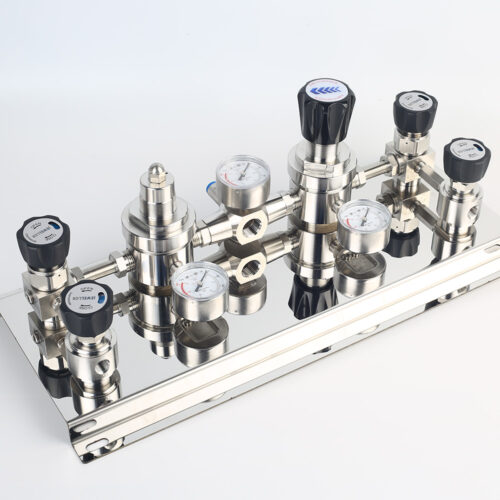
Stainless Steel Single Stage Semiconductor Grade Pressure Control Module Pressure Control Panels JSP-6A Series
-
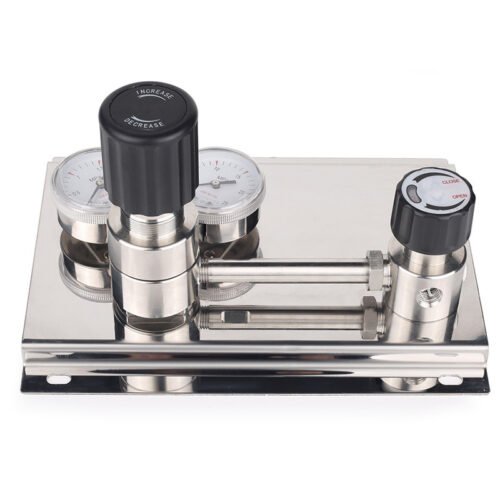
Stainless Steel Fully Automatic Gas Switchover Manifold System Automatic Gas Cylinder Switchover Co2 Cylinder Auto Changeover Controller
-
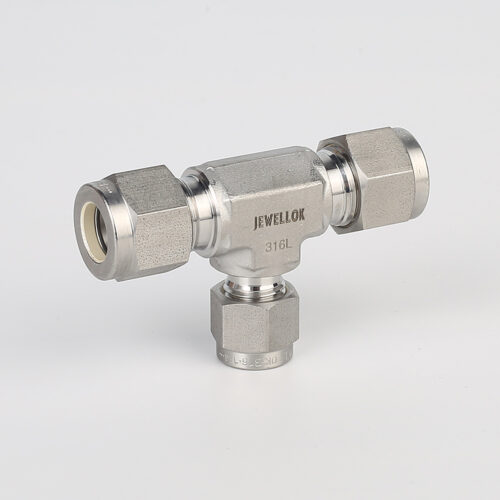
764LR Stainless Steel 316 Reducing Tee UHP Fitting Automatic Buttweld Reducing Tee
-
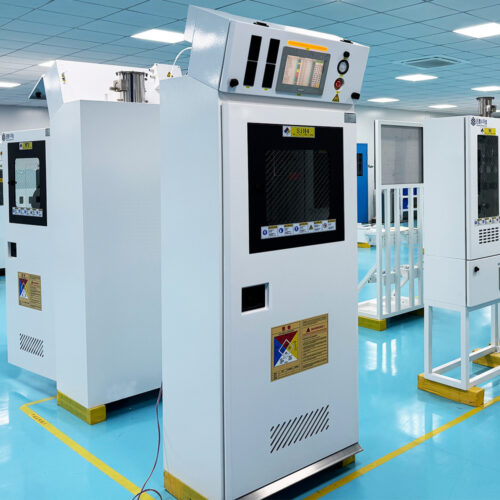
Bulk Specialty Gas Systems (BSGS) Gas Cabinets And Scrubber Tail Gas Treatment Cabinets For High Purity Bulk Specialty Gas Delivery
-
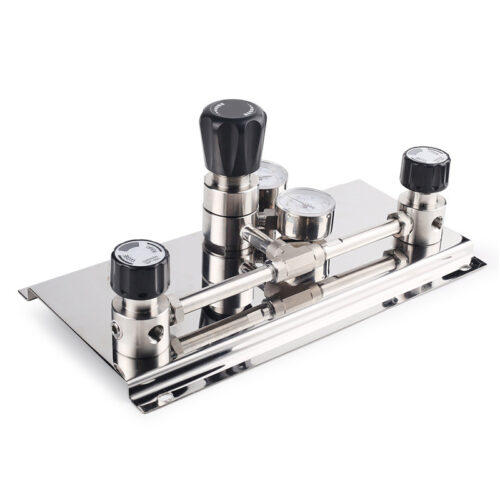
Hydrogen Manifold Argon Gas Manifold System Oxygen Manifold Propane Gas Manifold With Valves In Gas Manifold Changeover System
-
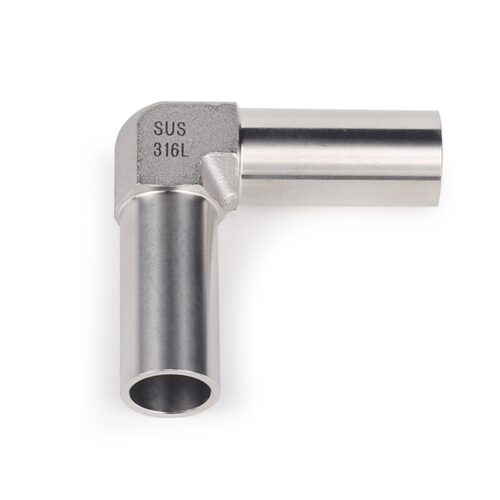
High Purity Stainless Steel Mini Tube Butt Weld Fittings For Semiconductor
-
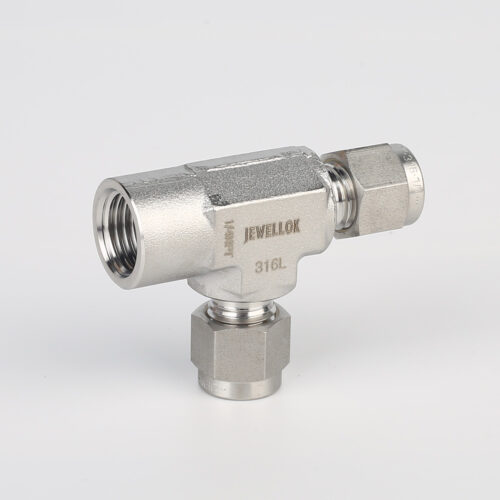
771LF Female Run Tee | Stainless Steel Tube Fitting Compression Fittings 1/4 In 3-Way Tee Female Run Tee
-
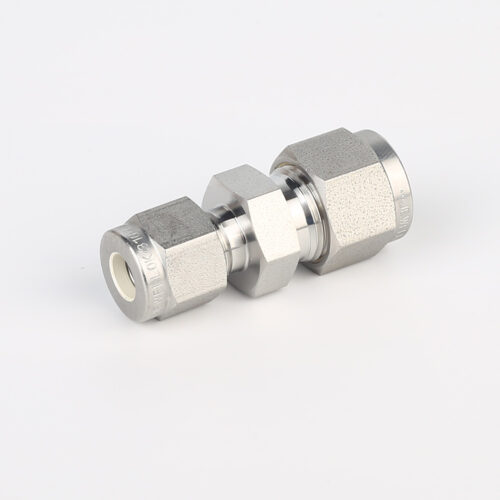
763L Stainless Steel High Purity Pressure Reducing Union Fittings And Tubing Pressure Reducing Valve Adjustment